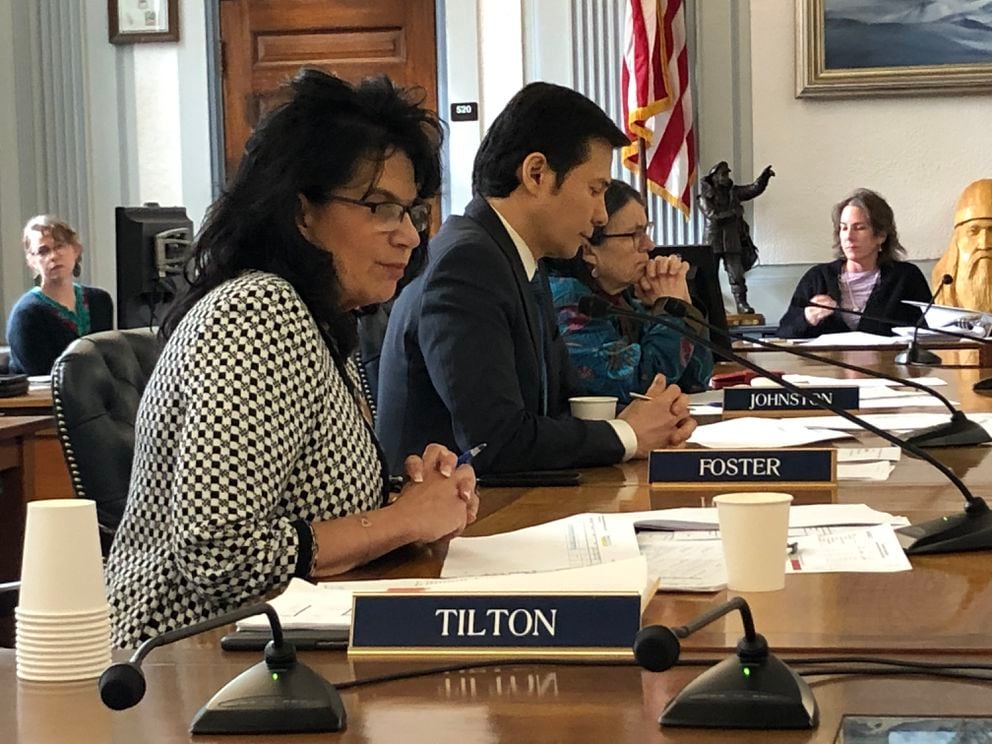Anchorage Daily News, Feb 13, 2021 – Cliff Groh
Alaska has kicked the can down the road for years, but we have run out of road when it comes to paying for vital public services like teachers, roads, and public safety. This fiscal crisis demands action now.
• Oil revenues have collapsed and are not projected to recover. While oil revenues accounted for 92% of the state of Alaska’s revenues seven years ago, last year, oil generated less than 25% of those revenues. (These figures are for Unrestricted General Fund, or UGF, dollars, the most common measure of Alaska’s state budget.) After adjusting for population and inflation, the state of Alaska is now getting less oil revenues than it did in the mid-1970s, before the oil boom started.
• The state of Alaska has cut the budget substantially — it is 43% lower this year than eight years ago. After adjusting for population and inflation, the state’s spending is lower now than before the big oil revenues started to arrive four decades ago. The biggest spending items are K-12 education, health care, and Permanent Fund Dividends.
• Besides reducing the budget, the state’s other main response to the dramatically lower oil revenues has been to spend savings, which are now almost exhausted outside the Permanent Fund.
• To address the collapse in oil revenues, the Legislature passed a law in 2018 called Percent of Market Value, or POMV, that allows the sustainable spending of Permanent Fund earnings to help pay for both conventional public services and dividends. Permanent Fund earnings now provide more than 70% of the state’s revenues.
• Even with all this budget-cutting, the state of Alaska faces a deficit each year of at least $1 billion — and closer to $2 billion per year if the state follows all the laws on the books, including the historical statutory formula for paying dividends. This is a structural fiscal deficit on the order of 20% or more.
Alaskans pay the lowest taxes in the U.S., even when local taxes are included and dividends are excluded. Alaska is the only state without a broad-based tax like an income tax or a statewide sales tax, and more than three-quarters of the states have both taxes. Even Gov. Mike Dunleavy — who has previously opposed taxes — now proposes “additional revenue sources” of $900 million-$1.2 billion each year starting in mid-2022.
Some propose overdrawing from Permanent Fund earnings, but that course will have lasting effects. Each $1 billion spent beyond the sustainable POMV limit increases the deficit by $50 million annually forever by lowering the savings that generate those earnings.
Many Alaskans hope for a painless solution or external savior, like much higher long-term oil prices, a doubling of Alaska oil production, or a massive Alaska-only bailout from Congress. However good those events might sound, each is a fantasy that distracts us from saving ourselves.
The hole is so big — and the solutions so painful and controversial — that political reality joins equity in requiring a multi-faceted approach that spreads that pain.
Here’s the Alaska Plan: a constitutional amendment to help keep the Permanent Fund and the dividend permanent while creating a more sustainable dividend formula; a moderate increase in oil taxes; a fair broad-based tax, such as an income tax that would capture income earned in Alaska by non-residents; and maintenance of budget discipline.
And this all needs to happen this year, because delay or procrastination just digs the hole deeper. We need to help the Alaska economy recover during the pandemic, and the federal government’s COVID-19 relief package could help there. We also need a long-term fiscal plan for our state, or else Alaska will face an even more brutal fiscal reckoning triggering a lasting recession featuring falling real estate values and a continually shrinking population. Let’s buckle down and aim for a better future with this Alaska Plan.
Cliff Groh has published three graphical guides to Alaska’s fiscal crisis. All are available for free download at www.cliffgroh.org. He is also available to make cartoon-packed presentations on our state’s money problems.
Cliff Groh – Alaska Common Ground board member.



